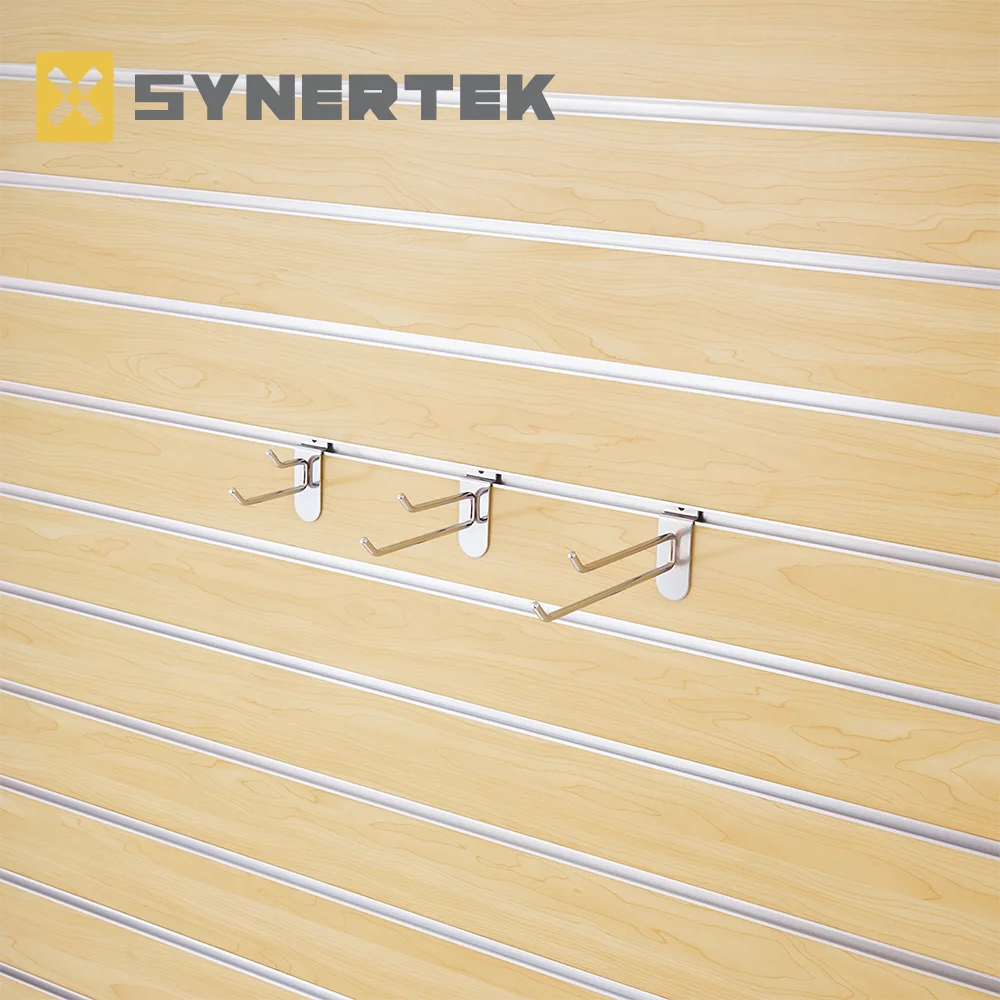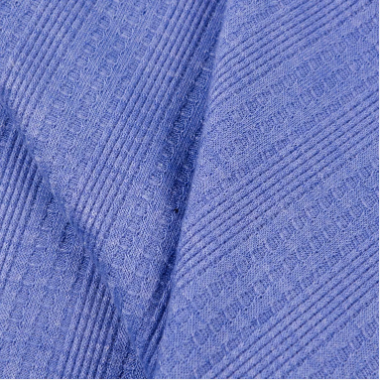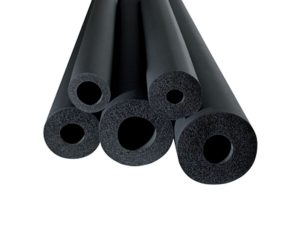In the realm of insulation materials, two prominent contenders have emerged as the go-to choices for various applications: Expanded Polystyrene (EPS) and Extruded Polystyrene (XPS). While both materials possess insulation properties, this article aims to shed light on why EPS stands out as the superior option. By delving into the key differentiating factors and analyzing their impact on performance, we will uncover the reasons why EPS surpasses XPS in terms of efficiency, sustainability, and versatility.
- Thermal Performance:
EPS exhibits exceptional thermal performance, making it an ideal choice for insulation purposes. Its closed-cell structure and low thermal conductivity ensure minimal heat transfer, effectively reducing energy consumption and maintaining a comfortable indoor environment. In contrast, XPS, with its higher thermal conductivity, falls short in providing the same level of insulation efficiency. - Moisture Resistance:
EPS possesses superior moisture resistance due to its closed-cell structure, which prevents water absorption and ensures long-term durability. This characteristic makes EPS an excellent choice for applications in humid environments, such as basements or below-grade insulation. On the other hand, XPS, with its more open-cell structure, is more prone to moisture absorption, leading to reduced performance and potential structural damage. - Environmental Impact:
EPS has gained recognition for its eco-friendly attributes. It is 100% recyclable, reducing waste and minimizing its carbon footprint. Additionally, EPS production requires less energy compared to XPS, resulting in lower greenhouse gas emissions. XPS, although recyclable to some extent, is more challenging to recycle due to its manufacturing process and chemical composition, making EPS a more sustainable choice. - Versatility:
EPS offers unparalleled versatility, making it suitable for a wide range of applications. Its lightweight nature, ease of installation, and ability to be molded into various shapes and sizes make it an ideal choice for construction, packaging, and even artistic endeavors. XPS, while also versatile, is limited in terms of customization and adaptability. - Cost-effectiveness:
EPS provides a cost-effective solution for insulation needs. Its lower production costs, combined with its excellent thermal performance, make it a more economical choice compared to XPS. Additionally, the long lifespan and minimal maintenance requirements of EPS contribute to its overall cost-effectiveness.
Conclusion:
In conclusion, EPS emerges as the superior insulation material when compared to XPS. Its exceptional thermal performance, moisture resistance, eco-friendliness, versatility, and cost-effectiveness set it apart from its counterpart. Whether it's for residential, commercial, or industrial applications, EPS proves to be the optimal choice for achieving optimal insulation efficiency while considering environmental sustainability.









+ There are no comments
Add yours